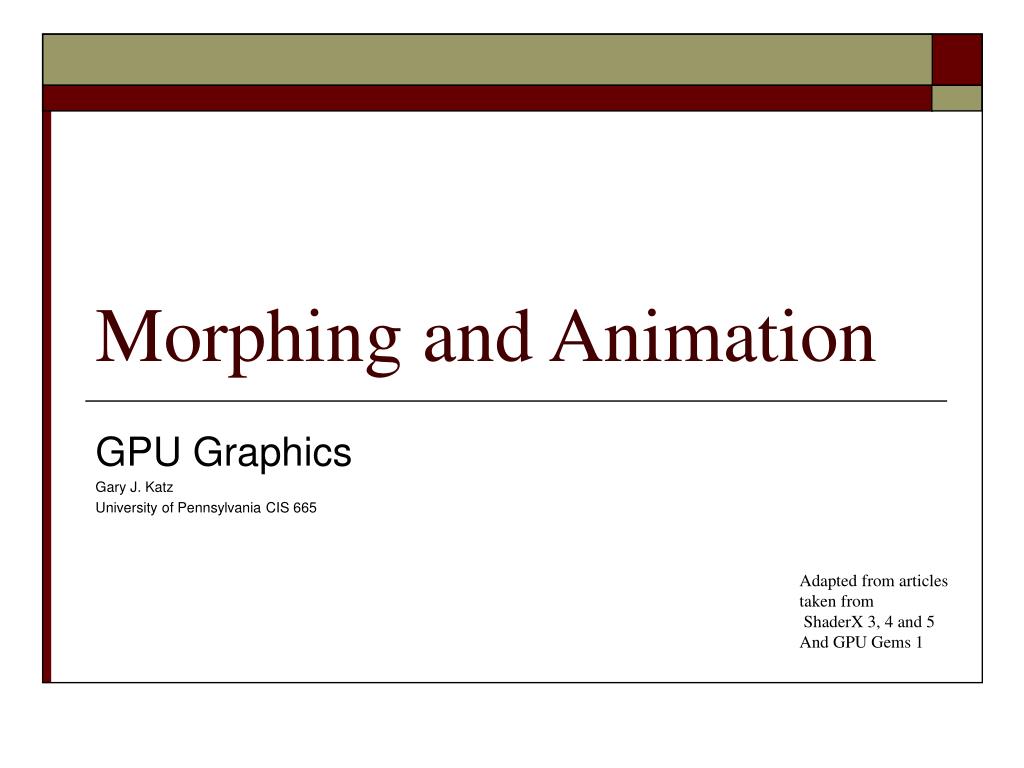

Otto Messmer, in 1919, created the character of Felix the cat for Pat Sullivan's animation studios. His films such as Gertie the Dinosaur (1914) and The Sinking of the Lusitania (1918) were of an impressive scale, although The Sinking of the Lusitania used cels. Each frame was drawn on paper, requiring backgrounds to be redrawn, as well characters to be animated. Winsor McCay created detailed animations that required a team of artists and painstaking attention for detail. The film was created by drawing each frame on paper and then shooting each frame onto negative film, which gave the picture a blackboard look. There were also sections of live action where the animator’s hands would enter the scene. The film largely consisted of a stick figure moving about and encountering all manner of morphing objects, such as a wine bottle that transforms into a flower. Émile Cohl began drawing cartoon strips and created a film in 1908 called Fantasmagorie. Introduced to filmmaking by Edison, he pioneered these concepts at the turn of the 20th century, with his first copyrighted work dated 1900. Stuart Blackton was possibly the first filmmaker in America to use the techniques of stop-motion and hand-drawn animation. The result was that the bus appeared to change into a horse. When the camera was fixed, a horse happened to be passing by just as Méliès continued to film. Méliès accidentally happened upon the technique when his camera broke down while shooting a bus driving by. This is a very similar idea to that of stop-motion animation. He used many techniques – one of which was to stop the camera rolling, change something in the scene, and then continue rolling the film. Georges Méliès was a creator of special effect films, such as A Trip to the Moon.


Note that this list is by no means a comprehensive list of contributors to early animation.

The following is a brief listing on those who are often acknowledged as significant to the development of animation. (Short, hand-drawn animation scenes could be presented with the Phenakistoscope, the Zoetrope, and other optical "toys" already in the early 1800s.) There is no single person who can be considered the "creator" of the art of animation, as there were several people doing several projects which could be considered various types of animation all around the same time. Further information: History of animation


 0 kommentar(er)
0 kommentar(er)
